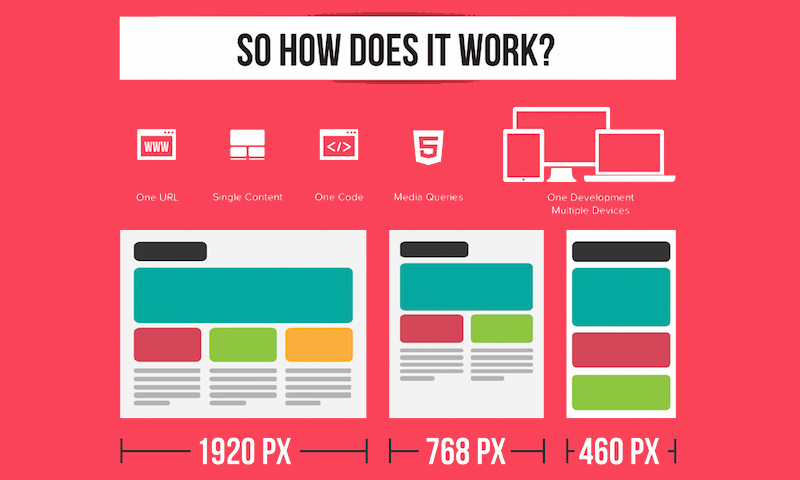The Growth Of Website Design: Then And Now
The Growth Of Website Design: Then And Now
Blog Article
Post Writer-Bradshaw Hejlesen
In the past, internet sites were straightforward and focused on info. Related Site was direct, and style was for desktops. Now, user experience is vital. Data overviews layouts for easy navigating. Responsive layouts match different tools. Today, dark setting minimizes strain, and minimal menus enhance navigation. Interactive features engage customers, and bold visuals stand apart. AI integration improves engagement. See how style has actually evolved to boost your online trip.
Very Early Days of Website Design
In the very early days of website design, simplicity reigned supreme. Websites were fundamental, with limited colors, typefaces, and formats. The emphasis was on offering info instead of fancy visuals. Suggested Browsing accessed the internet with slow dial-up connections, so speed and capability were key.
Navigation food selections were straightforward, generally located on top or side of the page. Websites were created for computer, as mobile surfing had not been yet prevalent. Material was king, and developers prioritized easy readability over complicated design aspects.
HTML was the key coding language used, and developers had to function within its restrictions. Animations and interactive features were minimal contrasted to today's criteria. Sites were static, with little dynamic content or tailored customer experiences.
Increase of User-Focused Layout
With the development of web site style, a shift towards user-focused layout concepts has become increasingly noticeable. Today, producing internet sites that focus on customer experience is vital for involving site visitors and attaining business objectives. User-focused design entails recognizing the demands, choices, and actions of your target market to customize the web site's format, content, and features appropriately.
Developers currently conduct comprehensive research, such as individual studies and functionality screening, to gather insights and responses straight from customers. This data-driven strategy helps in producing user-friendly navigating, clear calls-to-action, and aesthetically attractive interfaces that reverberate with site visitors. By placing the customer at the center of the layout procedure, sites can supply a more personalized and enjoyable experience.
Receptive design has also become a crucial aspect of user-focused design, making certain that web sites are enhanced for various tools and screen sizes. This versatility enhances accessibility and usability, accommodating the varied means individuals engage with sites today. Basically, the surge of user-focused style symbolizes a change towards creating electronic experiences that prioritize the demands and expectations of completion individual.
Modern Trends in Web Design
Explore the most recent trends shaping web design today. One prominent trend is dark setting layout, supplying a smooth and modern-day appearance while minimizing eye strain in low-light settings. An additional vital pattern is minimalist navigating, simplifying food selections and enhancing user experience by focusing on essential elements. Including micro-interactions, such as animated buttons or scrolling results, can develop a much more appealing and interactive website. Receptive layout remains vital, making sure smooth customer experiences across numerous gadgets. Additionally, making use of strong typography and asymmetrical designs can include visual interest and accentuate details web content.
Integrating AI technology, like chatbots for customer support or personalized suggestions, improves user interaction and simplifies processes. Ease of access has likewise come to be a considerable pattern, with developers focusing on inclusive style practices to deal with varied user requirements. Welcoming sustainability by enhancing internet site efficiency for speed and efficiency is another arising pattern in web design. Teaming up with customer responses and data analytics to repeat and boost design continuously is important for remaining pertinent in the ever-evolving electronic landscape. By embracing these modern-day fads, you can produce an aesthetically appealing, straightforward website that resonates with your target market.
Conclusion
As you reflect on the advancement of web site style from the very early days to now, you can see exactly how user-focused design has come to be the driving pressure behind modern patterns.
Accept the trip of change and adjustment in website design, constantly keeping the individual experience at the leading edge.
Stay existing with the most up to date trends and technologies, and never quit evolving your method to create visually stunning and easy to use web sites.
Develop, adapt, and create - the future of web design is in your hands.
